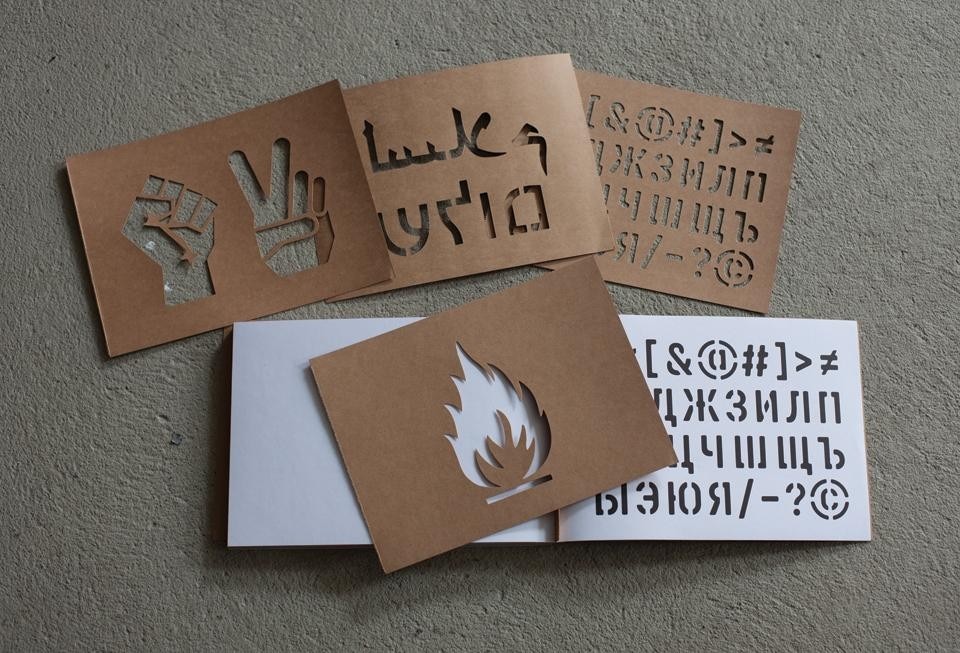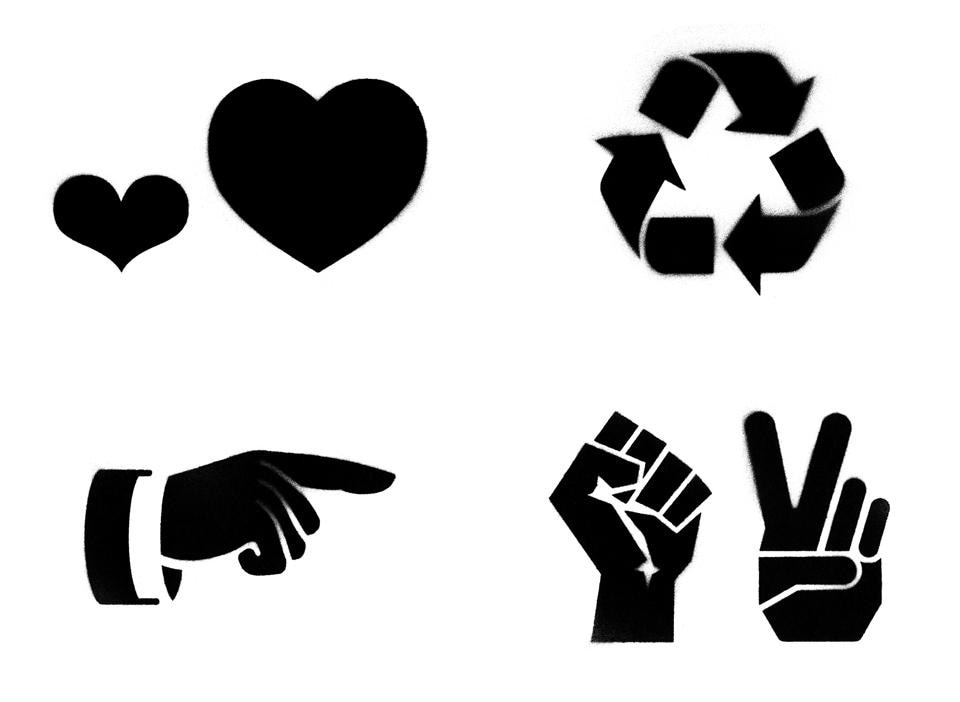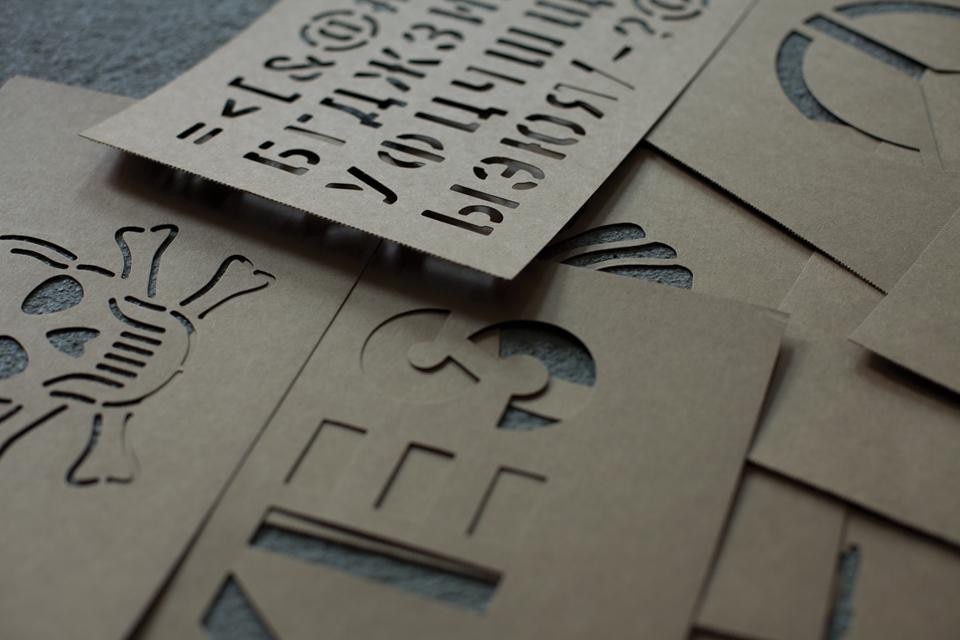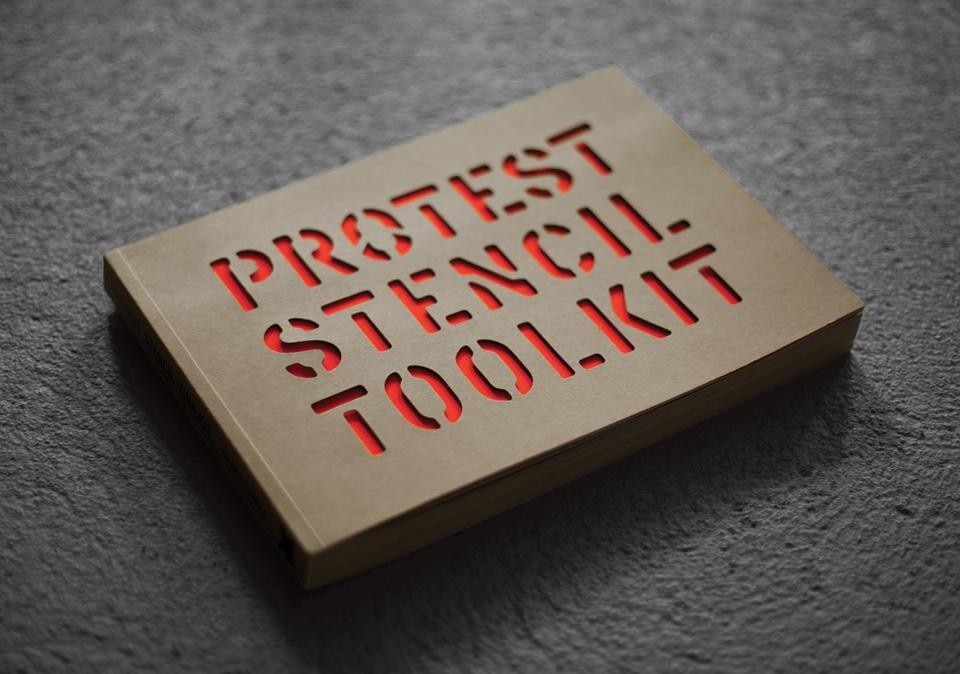2011 has been a year of transformation and political turmoil. Will it be remember as a historical turning point alongside 1792, 1848, 1968, and 1989? It is maybe too early to say since the domino effect that it triggered is still unfolding. The waves of unrest that have spread across the world, have been deeply rooted in local grievances while at the same time addressing broad transnational concerns — the unequal distribution of wealth, the right to housing, a general political disillusionment, the dramatic disconnect between increasingly higher levels of education and the growing rate of youth unemployment. Globalisation therefore proved to be both the main enemy and the very soul of this year of discontent. From Tunis to London, from Sana'a to Athens, from Cairo to Washington. Young, educated, technologically-savvy, angry protesters gathered in the monumental squares of metropolises all over the world railing against the political-economic establishment and the status quo. Their critique of and resentment towards global capitalism mingled with some of the devices that global capitalism itself brought about: a transnational language, the use of borderless technologies, and the identification with a new form of internationalism.
Worldwide contestations fully embodied the society of the spectacle and global news networks gave us access to this new popular culture of protest and its geographical landmarks. Cities like Homs and Manama made their sudden appearance in the most up-to-date international debates, while unexpected geopolitical scenarios got hold of our imagination. 2011 was a year of newly shaped political seasons: the Arab spring was followed by what Cornel West defined the American Autumn. With the power of an incontestable truism, the Italians would say that There are no more middle seasons – Things ain't what they used to be!
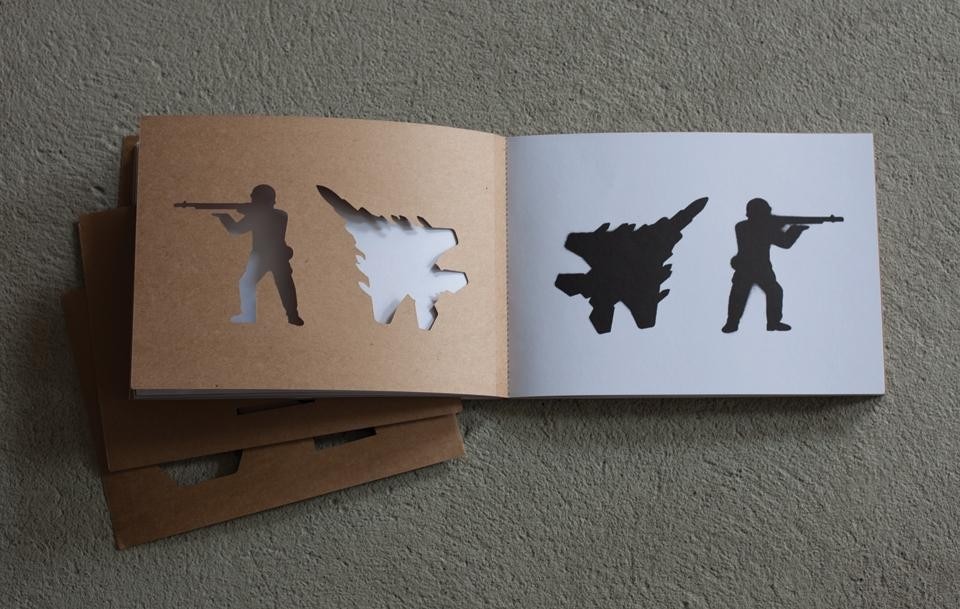
Every respectable upheaval needs its symbols to be recognisable, and the so-called Twitter or Facebook revolutions were no less than any of their predecessors. The need for such an imagery encouraged the set up of OccupyDesign, "a grassroots project connecting designers with on-the-ground demonstrators in the Occupy Together movement" with the intention of "building a visual language for the 99 percent". In the picture gallery of their website, OccupyDesign collect posters, slogans, stickers and logos, which can be interpreted as the fancy visualisation of an infometric of anger. With the vertiginous spreading of #Occupy, which reached the paroxysm of Occupy Everything, the 99 per cent (of what section of society? of what specific part of the world?) speak in tongues, chant angry slogans and are developing an aesthetic of protest that creates a specular, if alternative kind of branding.
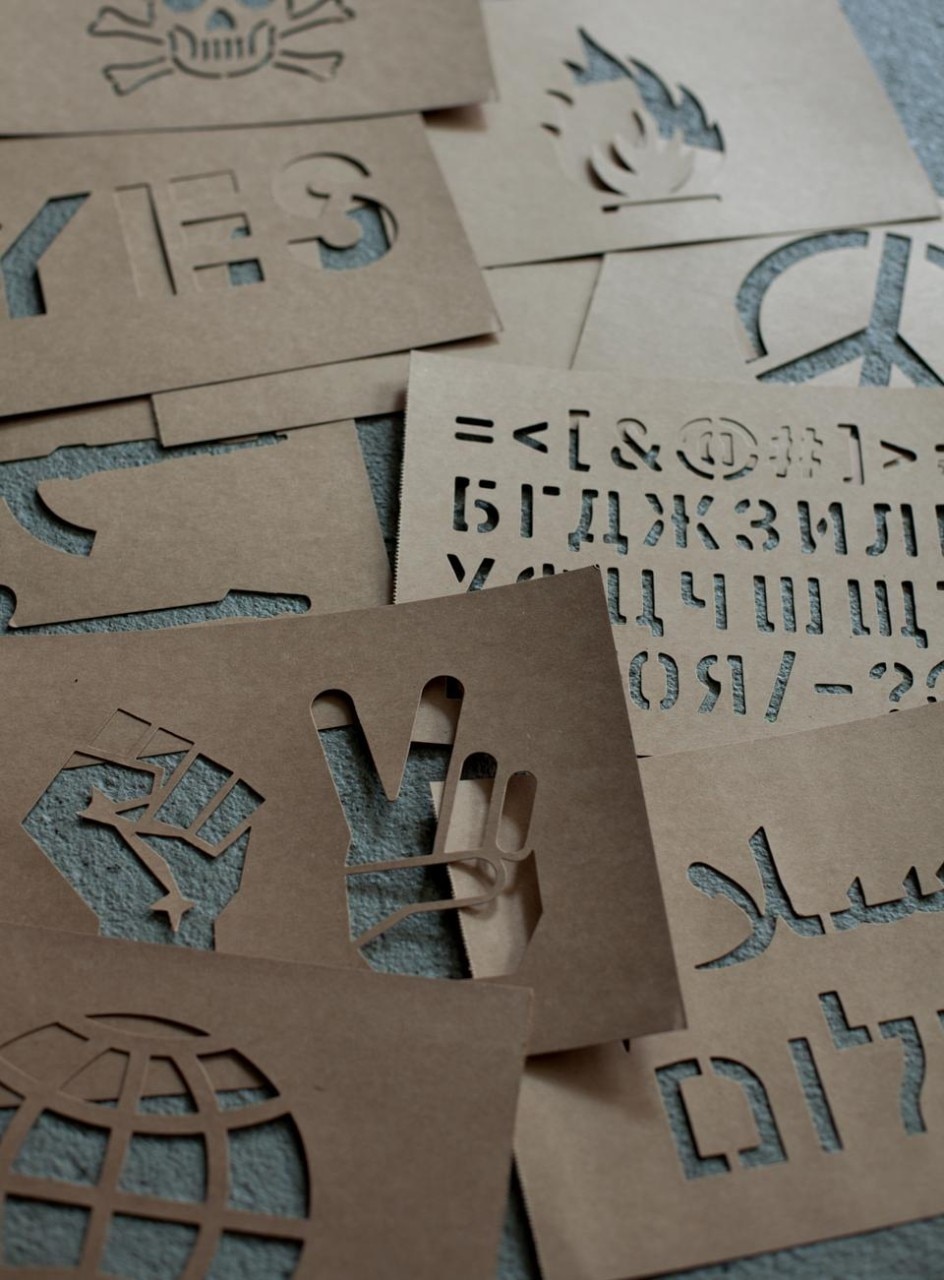
The margins between branding and memes get blurred. The viral energy of multiplication of spontaneous bottom-up expressions gets diluted by the homogenising appeal of fashion and so does the combinatory creativity that ends up recycling rather than subverting the symbols it appropriates. And it is in the framework of the same commercialised logic that elegant "protest objects" appear on the market.
This is a beautifully made book, that offers protesters who want to fight in style a timeless selection of general as well as context-specific symbols of dissent
